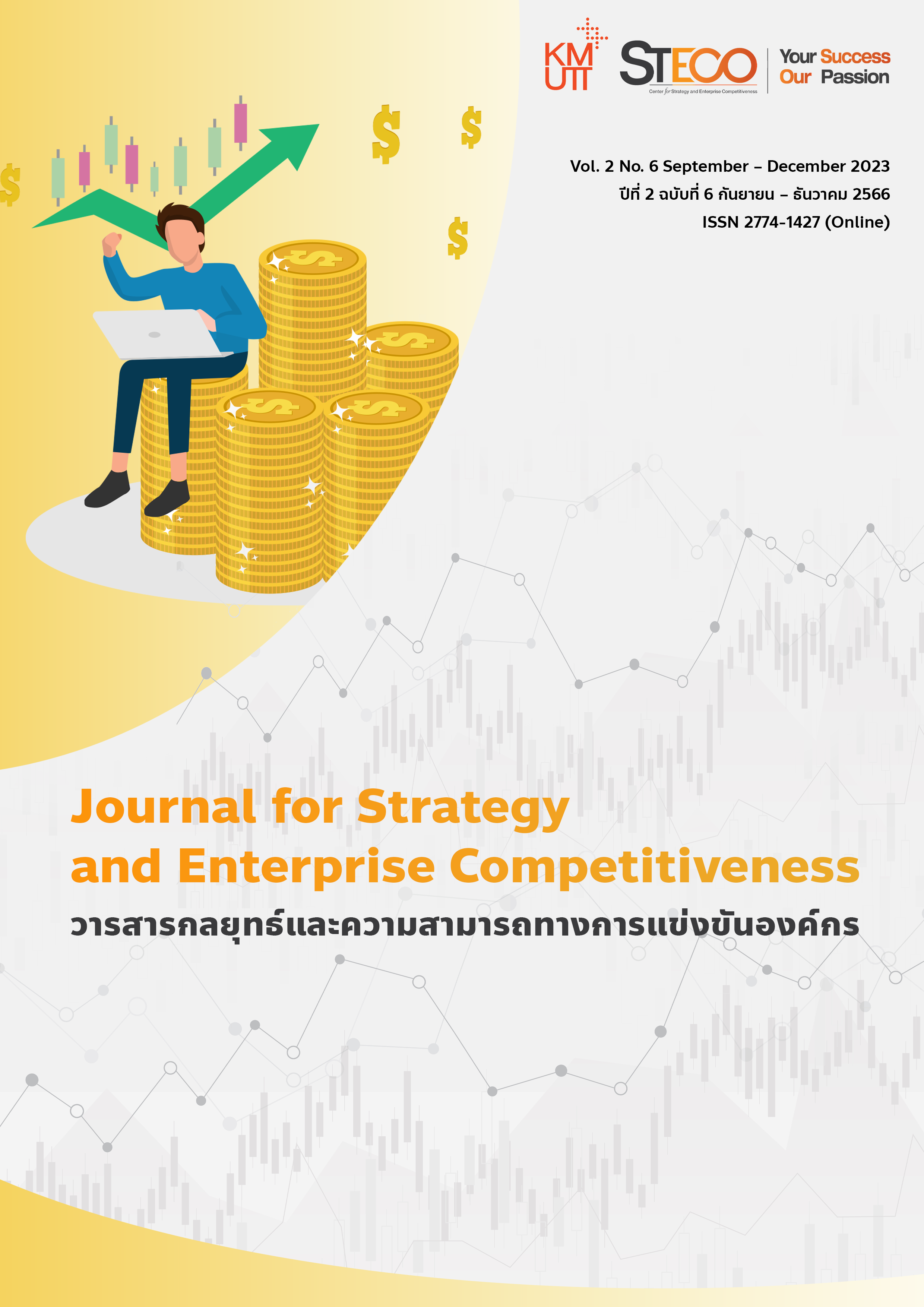Developing the Potential of Disabled People in Udon Thani Province
Keywords:
development, potential, disabled peopleAbstract
The objectives of this research are 1) to study the level of potential development of people with disabilities; 2) to study factors influencing the development of the potential of people with disabilities and 3) to study guidelines for developing the potential of people with disabilities in Udon Thani Province. It is a combination of quantitative and qualitative research. The sample group of quantitative research includes 400 people who have voting rights in Udon Thani Province, and the target group of qualitative research includes government information providers; 10 government agency officials. Research tools include questionnaires and interviews. Statistics used to analyze the data are frequencies, percentages, and inferential statistics using multiple regression analysis. Select variables in a hierarchical manner and describe them, classify data, prepare data editors and analyze the data to write a report according to the objectives for discussion of the results.
The results of the research found that 1) The overall level of development of the potential of people with disabilities in all aspects was found to be at a moderate level
( = 3.04), arranged in order from highest to lowest as follows: safety (
= 3.08), planning (
= 3.03) and environment (
= 3.01), respectively. 2) Factors influencing the development of the overall potential of people with disabilities were found to be local role factors; government support; roles from network partners; influence on the development of the potential of people with disabilities was 0.596, 0.358, and 0.220, respectively. 3) Guidelines for developing the potential of people with disabilities, such as managing and providing facilities; Welfare and medical care; improve the environment; Landscaping; Able to access legal rights and government agencies; Preventing exploitation and discrimination against people with disabilities, etc.
References
Cronbach, L. J. (1990). Essentials of psychological testing. (5th Edition). New York: Harper Collins.
Hammerman, S., and Maikowski, S. (1981). The economics of disability: International perspectives.
Intaphanom, S. and Rattanadilok, Na Bhuket, P. (2021). The Variety of Institutional Logics under Community - Based Rehabilitation Project in Thailand. Journal of Rajasuda College for Research and Development of Persons with Disabilities, 17(1), 50-71.
International Labour Organization (ILO). (2007). Persons with Disabilities Empowerment Act, B.E. 2550. Royal Thai Government Gazette, 124(61), 8-24.
Janejitvanich, J., and Pattanapakdee, N. (2020). Factors that Effect to Quality of Work Life of Persons with Physical Disabilities who work in Private Organization. Journal of Ratchasuda College, Research and Development of Persons with Disabilities, 16(2), 4-17.
Khamkhieo, P., and Singhasem, S. (2019). Improving the quality of life of people with physical disabilities. Case study of Ban Mai Samakkhi Subdistrict, Chai Badan District, Lopburi Province. Independent research Master of Political Science, Faculty of Political Science, Ramkhamhaeng University.
Kitpreedasaburi, B. (2008). Social science research methods. Bangkok: Chamchuri Products.
Kotler, P., and Armstrong, G. (1994). Marketing management, analysis, planning, implementation, and control, Philip Kotler. London: Prentice-Hall International.
Leaungsomnapa, Y., Promproh, S., and Khanwiset, S. (2011). Quality of life,problems and needs's disable persons in responsibilty of Thachang subdistrict administrative organization, Chanthaburi Province. Journal of Prapokklao Hospital Clinical Medical Education Center, 28(2), 98-109
National Office for Empowerment of Persons with Disabilities (NEP). (2007). Persons with Disabilities Empowerment Act, B.E. 2550. Bangkok: NEP.
National Office for the Promotion and Development of Quality of Life for Persons with Disabilities. (2013). Convention on the Rights of Persons with Disabilities. Bangkok: Jia Hua Juristic Person Ordinary Partnership.
Phongsawang, A., and Sunthon, S. (2021). Factors affecting the quality of life of people with hearing or communication disabilities in Saraburi Province. Journal of Modern Learning Development, 6(6), 104-117.
Sungsin, S. (2019). Access to the rights of disabled persons under the empowerment of persons with disabilities act, b.e.2550 in Mueang Phetchaburi District, Phetchaburi. Lawasri Journal, Thepsat Rajabhat University, 3(2), 71-84.
Tinnabutra, V. (2016). Guidelines for developing the quality of life of wheelchair disable persons in Bangkok Metropolitan and surrounding provinces. Payap University Journal, 26(1), 207-232.
World Health Organization. (2001). WHO Health and Health System Responsiveness Survey. Retrieved January 5, 2011, from http://www.who.int/responsiveness/en/
Yamane, T. (1973). Statistics: an introductory analysis. New York: Harper & Row.

Downloads
Published
How to Cite
Issue
Section
License
Copyright (c) 2023 Journal for Strategy and Enterprise Competitiveness

This work is licensed under a Creative Commons Attribution-NonCommercial-NoDerivatives 4.0 International License.
The opinions appearing in the content of articles of Journal for strategy and enterprise competitiveness. It is the opinion and responsibility of the article author. It is not the opinion and responsibility of the Center for strategy and enterprise competitiveness, King Mongkut's University of Technology Thonburi
Articles, information, content and images, etc., in the Journal for strategy and enterprise competitiveness. It is the exclusive copyright of the Center for strategy and enterprise competitiveness, King Mongkut's University of Technology Thonburi. If an individual or entity wants to distribute all or part of the content or for any action must obtain written permission from the Center for Strategy and enterprise Competitiveness, King Mongkut's University of Technology Thonburi.


